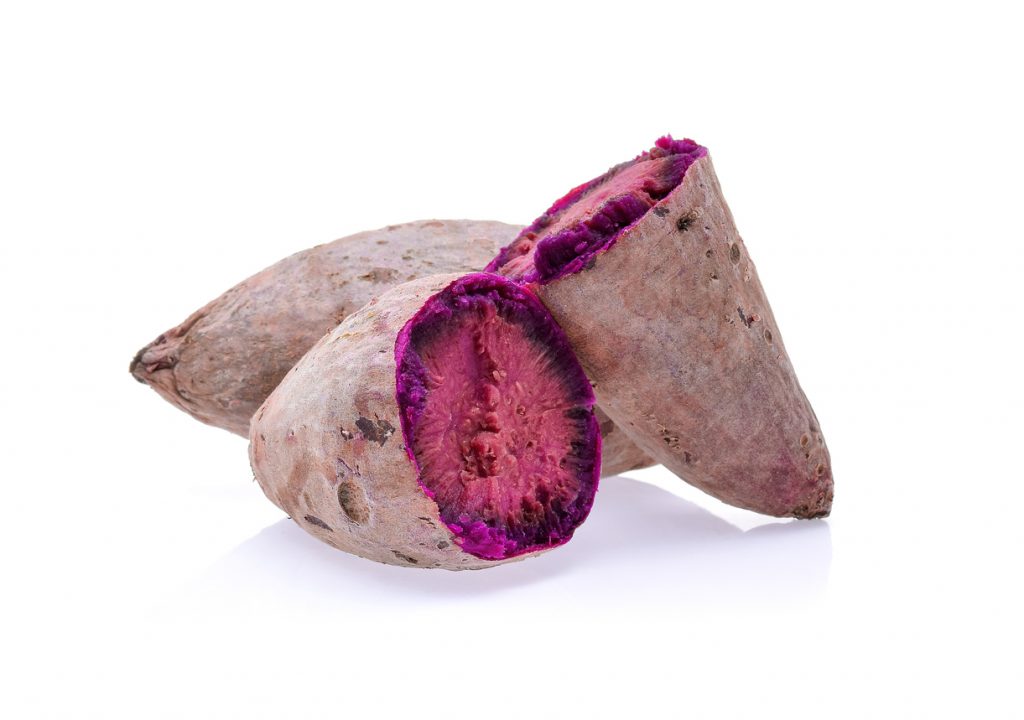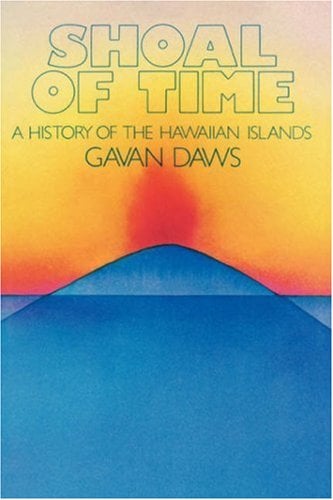The Cultural Importance of Taro in Hawaiian Culture: Sustenance, Spirituality, and Sustainability

In the lush islands of Hawaii, a humble plant holds deep cultural significance—the taro (Colocasia esculenta). Renowned as a staple crop, taro has been an integral part of Hawaiian culture for centuries. Beyond its role as a dietary staple, taro holds spiritual significance and plays a crucial role in sustaining the island’s agricultural traditions. This article explores the cultural importance of taro in Hawaiian society, focusing on its historical roots, traditional cultivation practices, spiritual associations, and sustainable cultivation efforts.
Historical Roots of Taro in Hawaii
1.1 Migration and Introduction The history of taro in Hawaii dates back to the Polynesian voyagers who settled in the archipelago over a thousand years ago. These early settlers brought with them the knowledge and cultivation practices of taro, transforming it into a vital part of the Hawaiian way of life.
1.2 Traditional Cultivation Methods Hawaiians developed sophisticated systems for growing taro, creating intricate irrigation networks known as lo’i kalo. These terraced fields allowed for the efficient cultivation of taro, utilizing the natural flow of water from mountains to the lowlands. The careful tending of these lo’i showcased the Hawaiians’ deep connection to the land and their respect for the sustainable use of natural resources.
Nutritional and Dietary Importance
2.1 Staple Crop of Hawaiian Diet Taro plays a pivotal role in the traditional Hawaiian diet, providing essential nutrients and sustenance. The versatile root is transformed into poi, a staple food made by pounding and fermenting the cooked taro corms. Poi is not only a source of sustenance but also a symbol of Hawaiian identity and cultural continuity.
2.2 Health Benefits of Taro Taro is rich in complex carbohydrates, fiber, vitamins, and minerals, making it a highly nutritious food source. Its low glycemic index and high dietary fiber content contribute to improved digestion and blood sugar regulation. Additionally, taro leaves are packed with essential nutrients and are often used in traditional Hawaiian dishes.
Spiritual Significance
3.1 Taro in Hawaiian Mythology According to Hawaiian mythology, taro is deeply connected to the gods and the creation of life. Legend has it that taro is the elder brother of the Hawaiian people and holds a sacred place in the pantheon of Hawaiian deities. The plant’s spiritual significance is evident in various ceremonial practices and rituals.
3.2 Taro in Cultural Celebrations Taro is a prominent feature in traditional Hawaiian ceremonies and celebrations. From hula performances to spiritual gatherings, taro holds a central role, symbolizing abundance, fertility, and connection to the land. The preparation and sharing of poi during these festivities create a sense of community and reinforce cultural identity.
Sustainable Cultivation Efforts
4.1 Challenges to Taro Cultivation Modern challenges such as urbanization, invasive species, and climate change pose threats to taro cultivation in Hawaii. These challenges have prompted efforts to protect and revive traditional taro farming practices.
4.2 Revitalization of Taro Farming Organizations and individuals across Hawaii are actively involved in reviving and preserving the art of taro cultivation. They emphasize the importance of sustainable farming techniques, the preservation of traditional knowledge, and the transmission of taro cultivation skills to younger generations.
4.3 Community Involvement and Education Community-based initiatives and educational programs play a crucial role in raising awareness about the cultural importance of taro. These efforts not only promote sustainable farming but also foster a deeper appreciation for Hawaiian traditions and encourage local engagement in preserving the cultural heritage.
Taro, a plant deeply rooted in Hawaiian culture, encompasses sustenance, spirituality, and sustainability. Its historical significance, traditional cultivation methods, dietary importance, and spiritual associations highlight its central role in the lives of Hawaiians. Efforts to revitalize and protect taro cultivation ensure the preservation of a cultural heritage that spans generations. By honoring the cultural importance of taro, Hawaiians continue to forge a connection between past and present, nurturing a sustainable future for their island paradise.
Exploring the Essence of Aloha: 10 Must-Read Books on Hawaii and Hawaiian Culture
Hawaii, with its breathtaking landscapes, rich heritage, and vibrant culture, has long been an enchanting subject of fascination for travelers, scholars, and avid readers alike. With each turn of a page, Hawaii’s unique history, its mesmerizing traditions, and the spirit of Aloha come to life. In this blog post, we present a collection of captivating books that delve deep into the heart of Hawaii and its people, allowing readers to immerse themselves in its rich tapestry. From enlightening non-fiction to spellbinding fictional narratives, these ten exceptional books will take you on an unforgettable literary journey through the islands.

- 1: “Hawaii” by James A. Michener: Considered a timeless classic, Michener’s sweeping epic explores the history of Hawaii from its volcanoes’ birth to the plight of the islanders upon colonization. Spanning decades and generations, this immersive tale weaves together the lives and stories of the diverse characters who shaped Hawaii’s destiny.

- 2: “The Legends and Myths of Hawaii” by David Kalakaua: Discover the captivating legends and myths that form the foundation of Hawaiian culture. From tales of ancient gods and goddesses to the heroic deeds of legendary warriors, this comprehensive collection offers insight into the belief systems and mystical heritage of the Hawaiian people.

- 3: “Hawaii’s Story by Hawaii’s Queen” by Queen Liliuokalani: Written by the last reigning monarch of Hawaii, Queen Liliuokalani, this poignant memoir offers a firsthand account of Hawaii’s abrupt shift from an independent kingdom to a territory of the United States. This book serves as a compassionate exploration of the tragic consequences of colonization and the Queen’s enduring spirit.

- 4: “Shoal of Time: A History of the Hawaiian Islands” by Gavan Daws: Delve into the comprehensive history of the Hawaiian Islands, spanning their ancient Polynesian roots to the present day. Daws provides a meticulously researched narrative, exploring the socio-cultural shifts, political developments, and key events that have shaped Hawaii’s unique identity.

- 5: “The Island Beneath the Sea” by Isabel Allende: While not exclusively focused on Hawaii, this novel intertwines the stories of two women from different eras. As the narrative ventures to Hawaii, it delves into the islands’ sugar plantations, plantation owners, and the compelling lives of the people who called Hawaii home.

- 6: “The Last Aloha” by Gaellen Quinn: Set against the backdrop of the American takeover of Hawaii, this riveting historical novel follows the lives of three women who become intertwined as they seek to preserve their culture and the spirit of Aloha amidst the sweeping changes engulfing the islands.

- 7: “Pele, Goddess of Hawaii’s Volcanoes” by Herb Kawainui Kane: Uncover the mysteries of the Hawaiian fire goddess, Pele, revered as the deity of volcanoes, lightning, and wind. An exploration of mythology, this book offers a spiritual journey into the heart of Pele’s legend, intertwined with Hawaii’s volcanic landscapes.

- 8: “Kamapuaa: Hawaiian Pig God” by Kimo Armitage and Lizabeth Terry: Discover the intriguing folklore surrounding Kamapua’a, the half-man, half-pig Hawaiian deity associated with transformation, nature, and agriculture. This beautifully illustrated book shares ancient tales that bridge mythology and the connection between humans and nature.

- 9: “Hawaii’s Fishes: A Guide for Snorkelers, Divers, and Aquarists” by John P. Hoover: Immerse yourself in the captivating underwater world of Hawaii’s coral reefs through this comprehensive guidebook. With detailed descriptions, vibrant illustrations, and ecological insights, readers will gain a deeper appreciation for the diversity of Hawaii’s marine life.

- 10: “The Value of Hawai’i: Knowing the Past, Shaping the Future” edited by Aiko Yamashiro and Noelani Goodyear-Ka’opua: This thought-provoking anthology brings together a collection of essays that challenge the status quo and confront the social, economic, and cultural issues facing modern-day Hawaii. Through diverse perspectives, this book examines Hawaii’s past struggles and contemporary challenges, fostering discussions surrounding its future.
Embarking on a literary exploration of Hawaii’s vibrant culture and storied history through the eyes of these ten remarkable books promises an enriching experience. Whether you’re seeking ancestral legends, historical accounts, or a deeper understanding of Hawaii’s unique spirit, these books will transport you to the islands, unveiling the treasures that await.
Note: It’s essential to conduct additional research, review customer ratings, and ensure availability before purchasing any of the recommended books.
